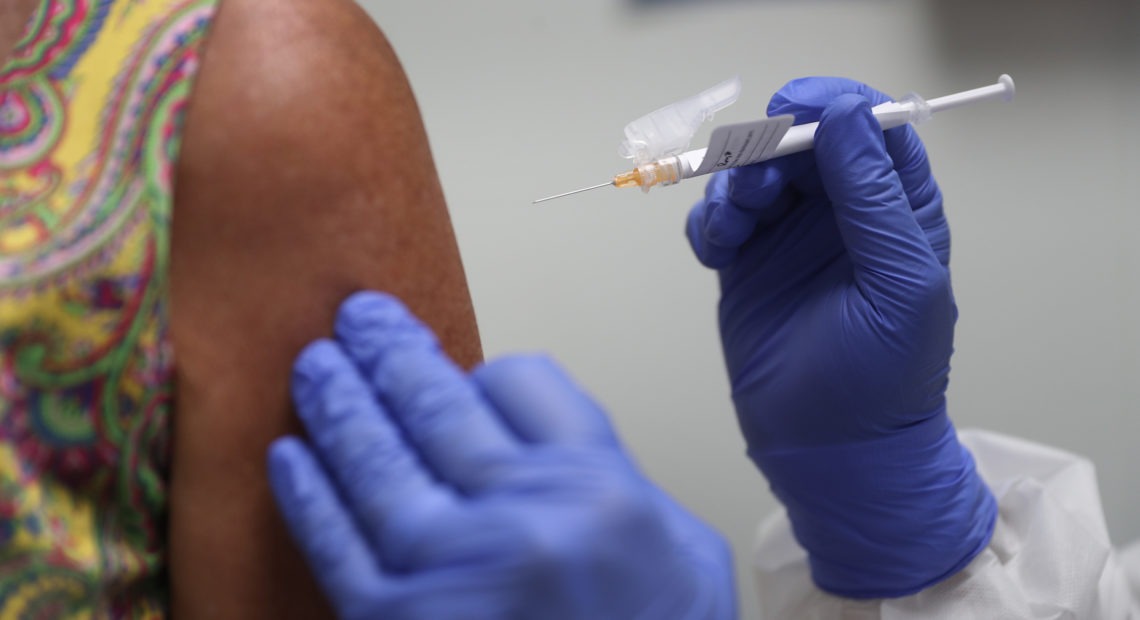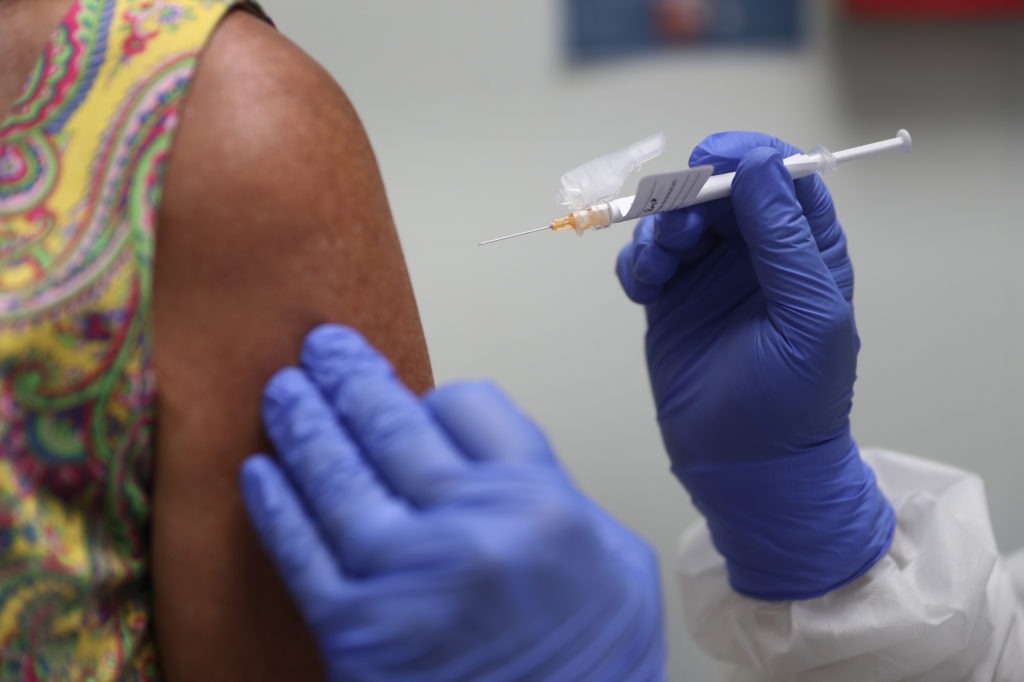
When Might You Expect Your 1st COVID-19 Shot?
WATCH
BY PIEN HUANG
As several COVID-19 vaccines head toward authorization in the U.S., questions about vaccine access are coming up, too: Who is slated to get the vaccine first? Why? And when can I get one?
At the national level, vaccine distribution is organized by Operation Warp Speed, the government’s initiative to support the development of COVID-19 vaccines and treatments. The federal government has invested in and pre-purchased hundreds of millions of vaccine doses from several of the drug companies working on vaccines against COVID-19.
Two vaccines — one developed jointly by the drug companies Pfizer and BioNTech and the other by Moderna — are already under review by the Food and Drug Administration. If FDA scientists and advisers determine that the vaccine is safe and effective, they could authorize the vaccines for emergency use in the U.S. very soon. If both of these vaccine candidates receive authorization, government officials say they’re ready to distribute 20 million doses this month — that’s enough to fully vaccinate 10 million people, as each vaccine requires two doses for maximum protection.
The federal government has pledged to eventually provide COVID-19 immunization free of charge to any of the 330 million people in the U.S. who want to participate. In the first few weeks and months after authorization, however, the supply of any vaccine is expected to be limited.

Lisa Taylor got a COVID-19 vaccination in August as part of a vaccine study at Research Centers of America in Hollywood, Fla. CREDIT: Photo by Joe Raedle/Getty Images
So the Centers for Disease Control and Prevention, via an independent advisory committee, has provided guidance to state and local officials on how those initial doses should be allocated. Their goals are to use COVID-19 vaccines to reduce severe illness and death from the disease and to minimize disruptions to society and the economy — by keeping the U.S. food, health care, transport and other essential systems up and running.
The CDC recommends prioritizing health care facility workers who could get exposed to COVID-19 on the job — including doctors, nurses, nursing home aides, cafeteria workers and janitorial staff. The staff and residents of long-term care facilities (such as nursing homes and assisted living facilities) should also be prioritized in the first phase of vaccination, the CDC says, because that population accounts for only 6% of cases but 40% of COVID-19 deaths.
Other groups that the CDC says it is considering prioritizing include other essential workers, people 65 years old or above and people who have underlying medical conditions (such as cancer, obesity or kidney disease) that put them at higher risk of getting seriously ill from COVID-19. A federal advisory committee to the CDC will vote on recommendations about the order in which these groups should be offered vaccines, as more information about the safety and efficacy of the various COVID-19 vaccines in different groups becomes available.
As for when a vaccine will be available to you, that depends on many factors, such as whether you fit into specific priority groups and how many different vaccines (and doses) become available and when. It also depends on where you live — each state will make the ultimate decision on how to distribute the vaccine doses that come its way. Already, state officials have been working to enroll hospitals, doctors’ offices and pharmacies as COVID-19 vaccine providers and have submitted preliminary distribution plans to the CDC. In a best-case scenario, the federal government says, it may be possible for vaccines to be widely available by spring of 2021.















